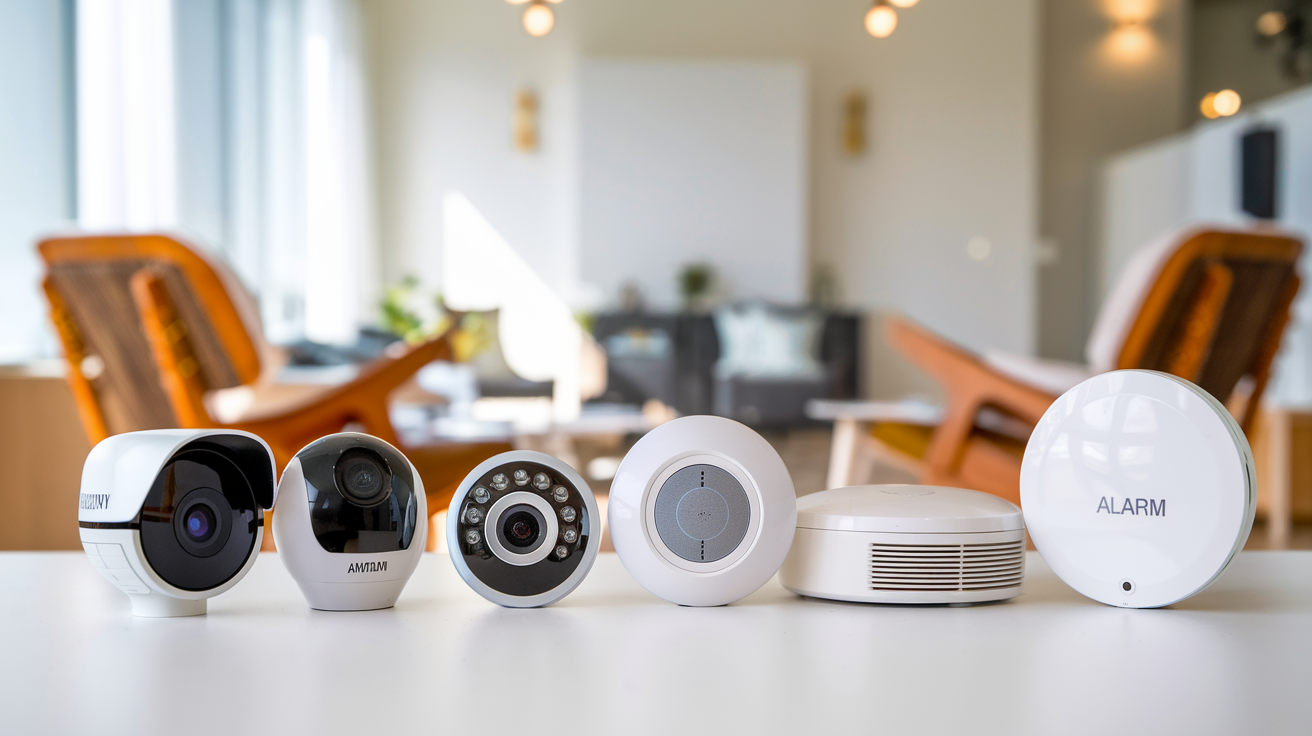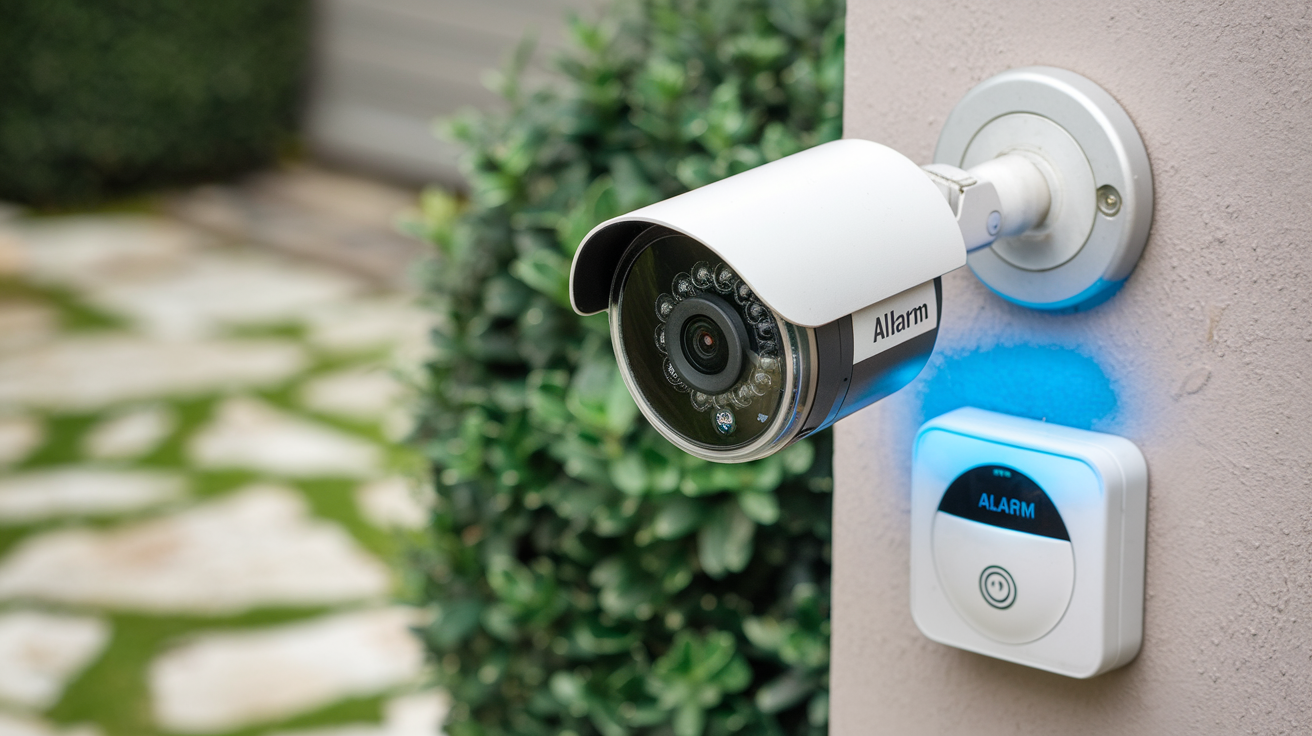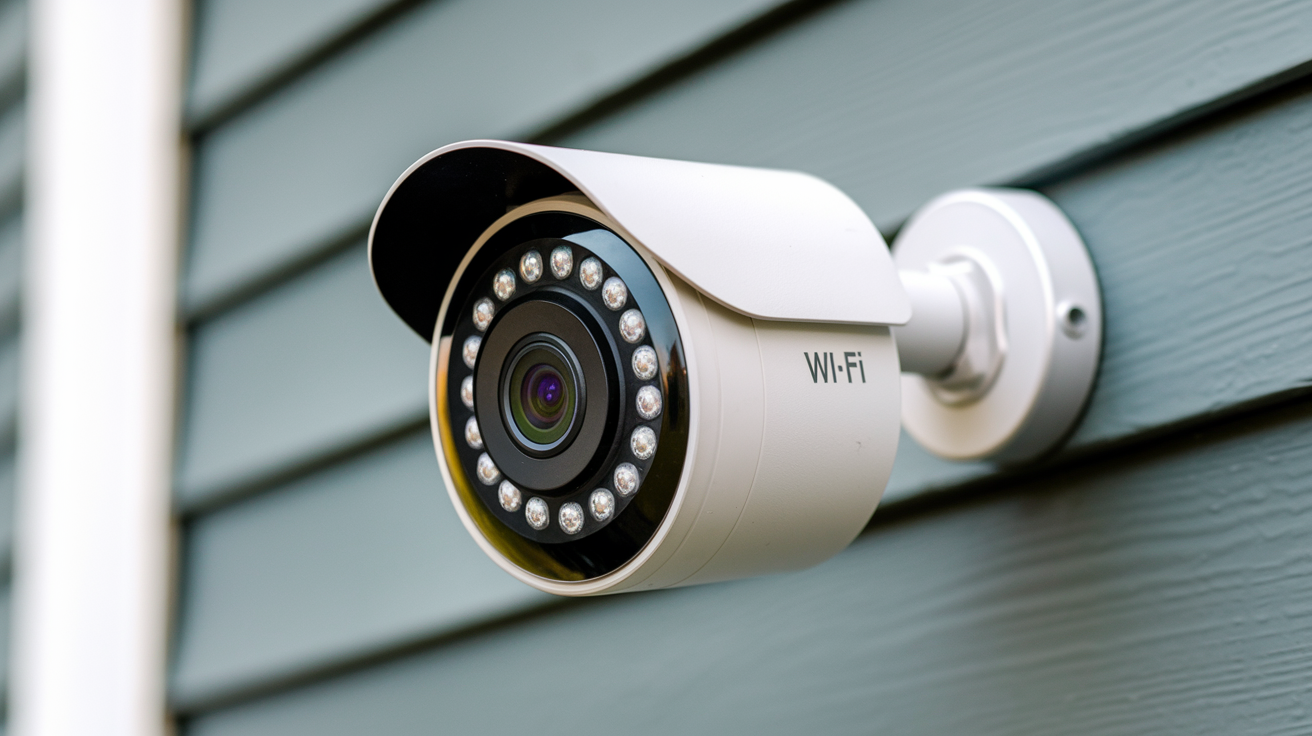Smart Homes The Future of Living
Automated houses or Smart Home Automation are described as residences including internet-enabled gadgets and systems offering home automation as well as remote monitoring and control. Thanks to the advent of IoT Internet of Things and artificial intelligence, smart homes have been in vogue for the last ten years. Before we go, however, what exactly are smart houses and what attributes define them? Let us so examine it more attentively.
The Concept of Smart Homes
Smart houses are the idea wherein numerous systems in a house may be automated and linked to other systems like entertainment, security, climate control, lighting, etc. Apps on tablets or smartphones, websites, and voice commands enable homeowners to easily monitor and control many aspects of the house. Smart gadgets, microcontrollers, and wireless technologies such as Wi-Fi, Bluetooth, and Zigbee allow household appliances and systems, to collect data, and operate specifically depending on the homeowner's need.
Benefits of Smart Homes
There are several notable benefits offered by smart homes:
Proper utilization - Smart devices can be operated remotely and the homeowner can learn different aspects of a smart home such as lighting, AC thermostats, appliances, security systems, and many others from their smartphone or tablet even when they are not at home. This offers exceptional convenience.
Energy Efficiency The idea of smart home systems such as smart thermostats, lighting, and appliances can assist in saving energy by switching off when not required. This results in a reduction of electricity bills in homes and other places where the equipment is installed.
Safety and Security Automated security systems secure homes with the help of sensors and cameras. The homeowners can be notified of intrusions, water leakage, and fire among others through their phones and may be in a position to prevent such incidences even when they are not at home.
Independence for the elderly and persons with disabilities - Smart homes can be made accessible and can support those with disabilities by automating the home and monitoring it remotely.
Energy Conservation Besides energy conservation, smart homes also help cut the expenses of hiring external service providers such as plant watering, pet feeding, and other tasks that may require the homeowner's attention during their absence. These can be automated.
Smart Home Components
Though the definition of a smart house can vary greatly depending on the homeowner's wants and budget, most smart homes comprise the following main elements: Though the budget and demands of the homeowner will affect what exactly makes a smart house, most smart homes comprise of the following essential elements:
Smart Home Hub/Controller The device through which various smart devices in a smart home are connected and managed is referred to as the smart home controller or smart hub. Some of the most well-known devices include Amazon Echo, Google Home Hub, Apple HomePod, and so on.
Lighting Smart lighting systems such as Philips Hue can be controlled and automated through smartphones as well as voice commands. Other features such as scheduling, dimming color change, etc are present.
Home Appliances - Smart home appliances include thermostats from Nest, Ecobee, and others that can control the temperature of the AC and its scheduling.
Protection includes devices such as sensors, cameras, and alarm systems that may send cell messages concerning any encroachment and enable monitoring from a distance. Companies like SimpliSafe, and ADT offer packages.
Appliances Smart washing machines, ovens, refrigerators, and robotic vacuum cleaners are capable of being controlled remotely, monitoring the functions as well as being integrated with the other smart home devices.
Entertainment Smart TVs, media streaming gadgets, and voice control equipment enable the command of entertainment systems via smartphones. Multi-room audio is also offered.
How Smart Homes Work?
Smart homes operate on wireless standards such as Wi-Fi, Bluetooth, ZigBee, etc The IoT smart devices are connected to the central smart home controller/hub. Smart devices installed in homes can be easily managed remotely through smartphone/tablet applications offered by the manufacturers or even third parties. Using any app shows the current status of appliances. Functions such as switching on/off the lights, altering the temperature of the AC, operating the robot cleaner, etc can be initiated through the applications directly, even when the user is out of the house.
On the other hand, homeowners can operate smart devices through voice commands using digital assistants such as Amazon Alexa and Google Home featured in the smart speaker hubs. Smart devices also have features that can enable one to program the devices to carry out certain tasks such as turning off lights or watering plants among others even without being commanded.
Smart home devices contain sensors that capture the surrounding parameters such as motion, temperature, humidity, etc, and perform prearranged operations. For instance, turning off lights in a room if they do not sense any movement, or using mobile notifications about increased smoke/CO level. Sensors collected data also enable the monitoring of usage over time.
Challenges With Smart Homes
While smart homes have proliferated rapidly, there are still some challenges associated with them: While smart homes have proliferated rapidly, there are still some challenges associated with them:
Complexity Although linking multiple devices of different brands is easy, it may be challenging for people with low technical skills. The compatibility of the devices that are used is very important.
Privacy User's data is constantly gathered by smart devices for personalization. This creates privacy issues as to how manufacturers use data collected from consumers.
Dependence Smart devices require an internet connection and are thus at the mercy of providers in case of network breakdown. Website connectivity and usability can be severely hampered or eliminated if web access is nonexistent or limited.
Cyber risks- Smart devices are also at a higher risk of cyber threats and hacking if protection measures are not well implemented.
The process of installing smart devices in homes can be very expensive because of the initial costs for purchase and installation. DIY options are limited.
Smart homes of the future
Though market studies indicate that the popularity of smart homes is likely to rise at a CAGR of over 16 percent by 2025, now smart houses make up a rather modest share of households. Faster technological development and improvements, more accessibility, and lower sensor, cloud solution, and device costs help to explain this.
We are also likely to observe an increasing number of daily household appliances becoming smart and thus capable of being remotely accessed and automated in the future. Lamps, locks, blinds/ curtains, kitchen utensils, garage door openers, sprinkler control, and many other gadgets will be connected to smart home networks. Voice and gesture control for smart homes are also predicted to become as common in the next decade or so.
Therefore, smart homes provide homeowners with ultimate comfort, productivity, security, and financial advantages. Furthermore, future innovations will be more frequent and will make smart homes even more attractive and functional.
Protect your home today with ADT’s top-rated security solutions!
Call now at +1 877-470-7879 to get a free consultation and find out how you can secure your home with the best in the business. Don’t wait—ensure your peace of mind with ADT!





